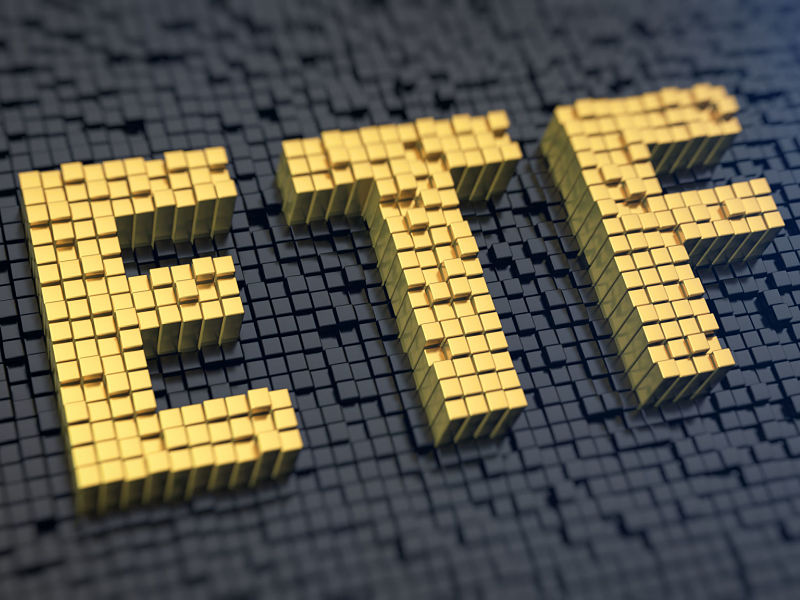
Canada’s institutional investors are already the world’s top users of exchange-traded funds (ETFs), and that trend is only expected to continue, according to a new report from from Stamford, Conn.-based research firm Greenwich Associates.
On average, Canadian institutions allocate 18.8% of total assets to ETFs, which represents the highest average allocation in the world. Institutions around the world are increasingly using ETFs in their portfolios, a move that is primarily driven by their diversity, the report states, and Canada is at the leading edge of this trend.
“Canadian institutions are using ETFs because they are easy to use, fast to execute, liquid, simple, relatively cheap to trade, and provide diversification in a single trade,” says Andrew McCollum, managing director at Greenwich Associates, in a statement.
The growing use of ETFs by institutions generally often reflects a move from active to passive investment strategies, but “Canadian institutions are also using index ETFs to obtain exposures used to generate alpha at the asset allocation level in actively managed strategies,” the report states.
Increasingly, institutional investors are using non-market cap weighted ETFs, Greenwich reports, which is boosting overall investment allocations to ETFs. According to the report 46% of the Canadian institutions surveyed are investing in non-market-cap-weighted ETFs, with minimum-volatility ETFs, which are “designed to protect investors from a spike in volatility”, attracting most of this investment.
Looking ahead, Greenwich expects to see ETF allocations continue to rise among Canadian institutional investors. Investors that are planning to increase their use of ETFs on the equity side outnumber those that are planning to reduce their usage by a ratio of three to one, according to the report. On the fixed-income side, planned increases are outpacing expected reductions by a ratio of two to one.
“In the meantime, new institutional investors will continue entering the ETF market in fixed income, commodities, real estate, and other asset classes,” McCollum adds.